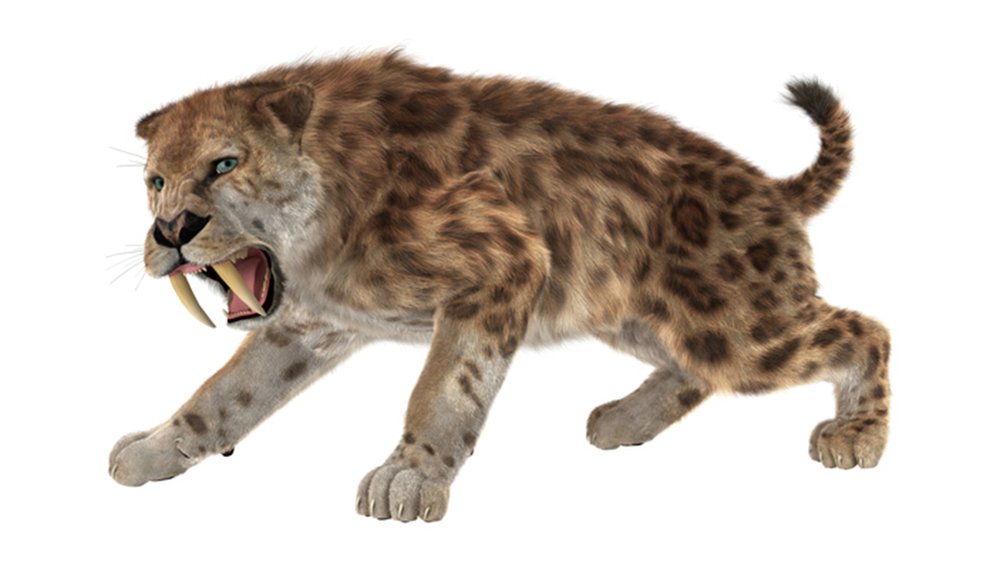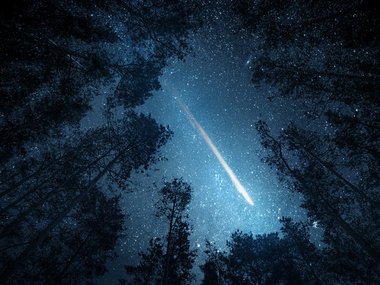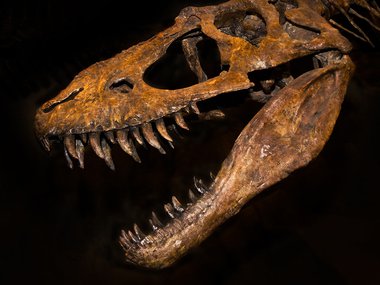Question Your World: Why Have Ancient Rats and Cats Been in the Science News Lately?
The pandemic has caused a lot of new medical science to be explored, but all the other science work must get done, too. Part of that work includes better understanding our planet’s biological history, including extinct animals. Why have ancient rats and cats been in the science news lately?
Recently, a team of scientists in the Philippines published results from an excavation regarding ancient relatives of modern-day giant cloud rats. If you have never heard of a cloud rat before, they are big rats that weigh a few pounds and live along the tree tops of that region. Imagine a monkey, panda, and rat all in one … that’s kind of what they looks like, but look it up to see for yourself!

Image credit: Getty Images
These three extinct and never-before-recorded species of cloud rat disappear in the fossil record at about the same time period as pottery and stone tools were introduced for that region, giving modern day scientists a chance to ponder if humans perhaps had a role in these giant rats' extinction.
Perhaps they made a good meal for the early human populations in that area. Mmm, cloud rat roast! Yummy!
Okay, we’ve talked about rats so now let’s talk about cats, some really, really big cats.
An excavation in Oregon just yielded fossils of a saber tooth tiger that date back about 5 to 9 million years! This cat would have weighed up to 900 lbs, and most likely hunted and took down large bison-like animals. In the past, scientists have studied the remains of big cats from North America, like Smilodon which is believed to have been active on Earth between 2 million to 10,000 years ago.
This discovery now raises some big questions for bio-history minds: did the evolution of large-bodied cats happen independently across the globe or is this new discovery an important ancestor that could have eventually genetically dispersed around the planet?
It's a great reminder that life on Earth may seem wild now, but it’s got a pretty wild past, too!


